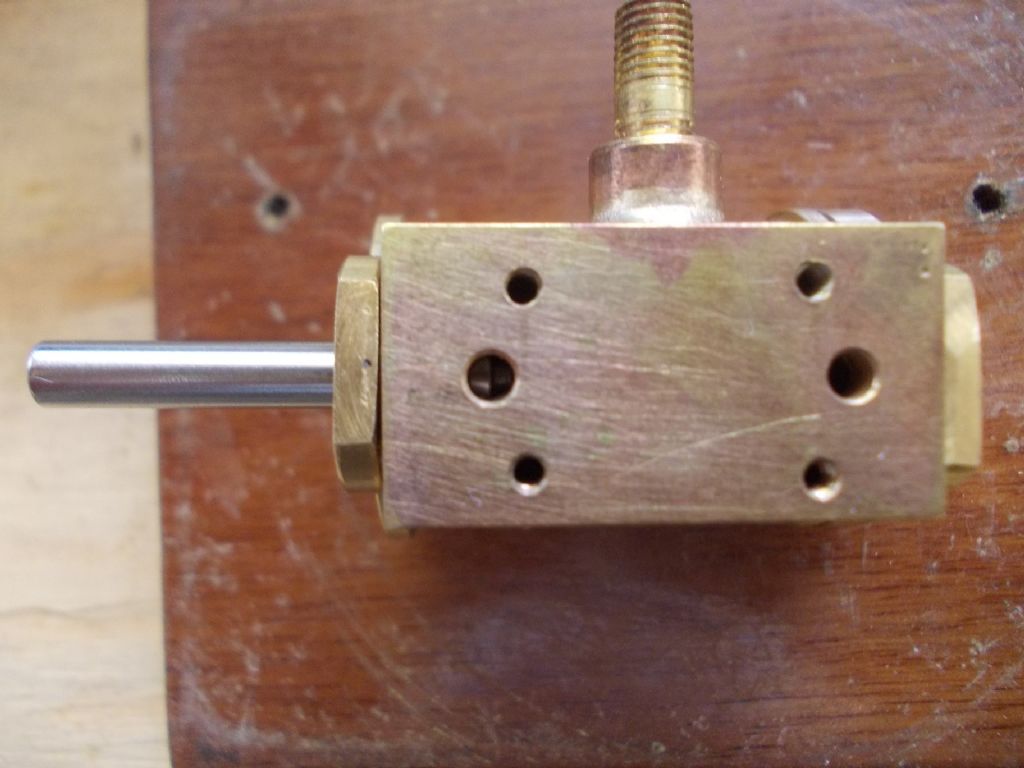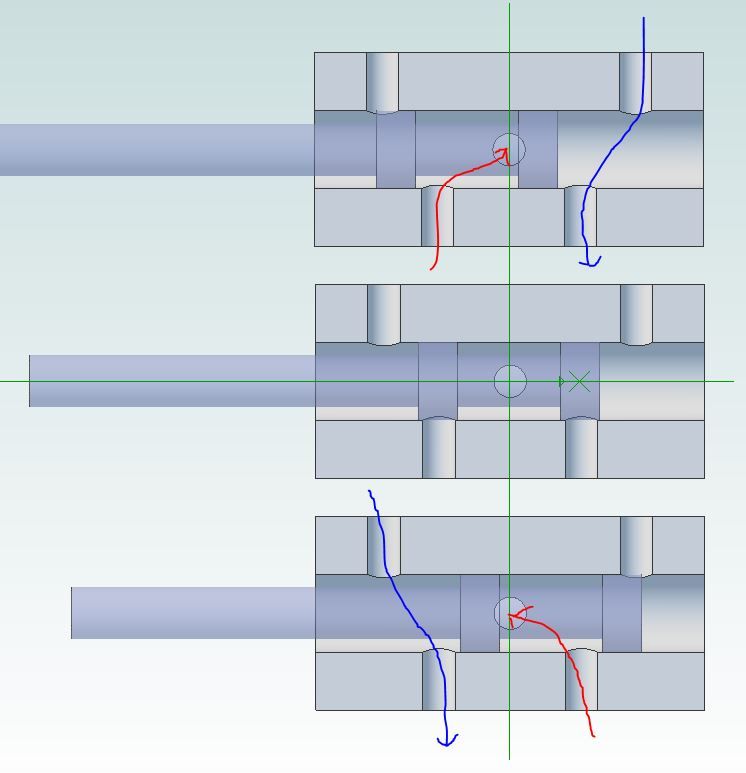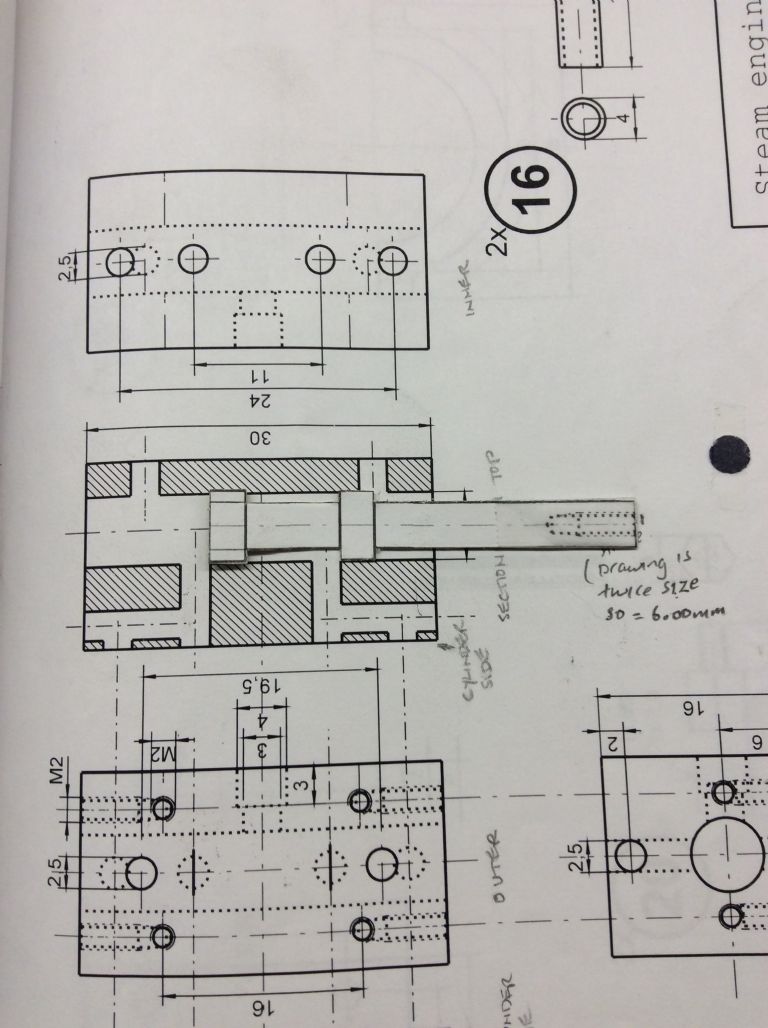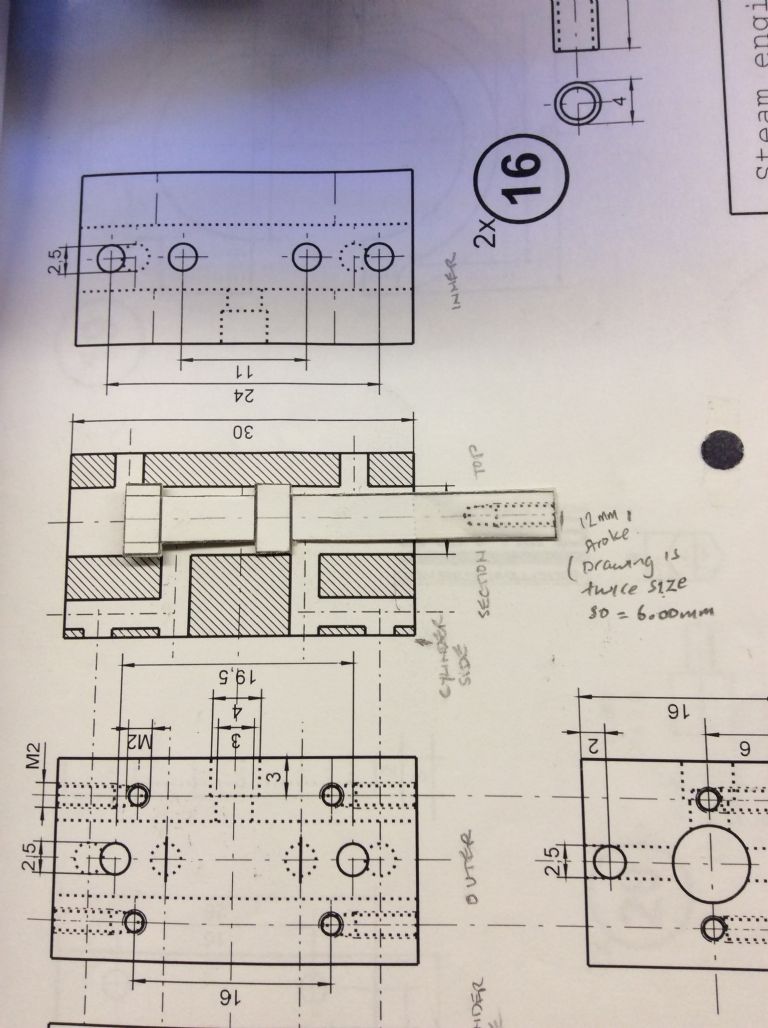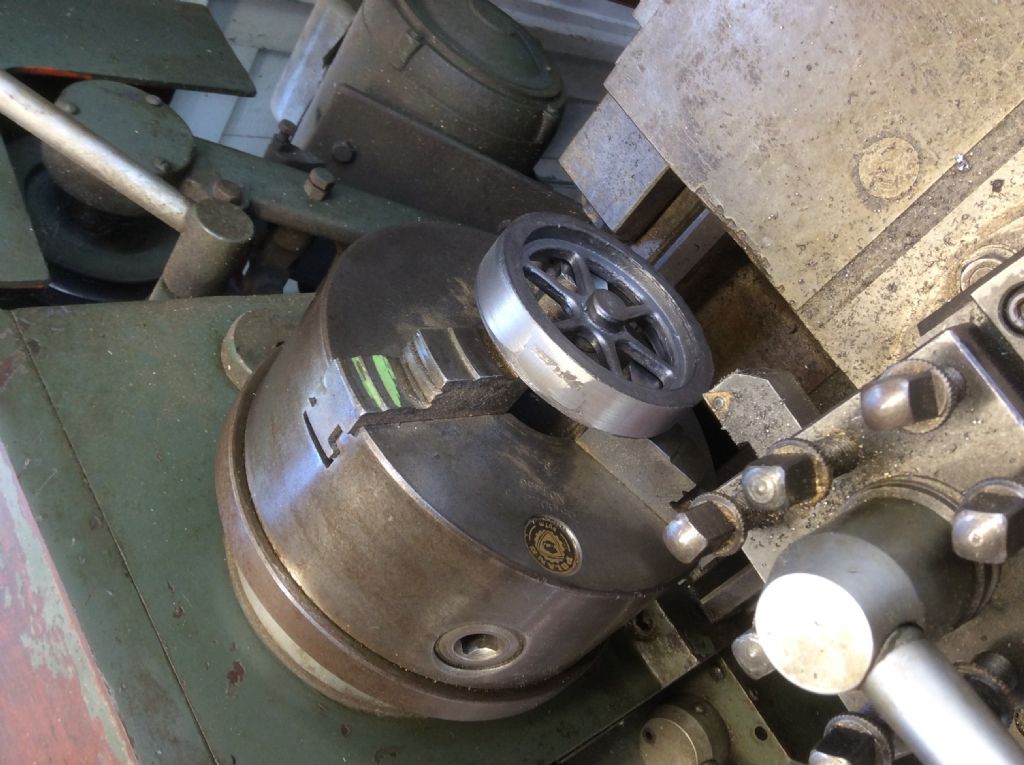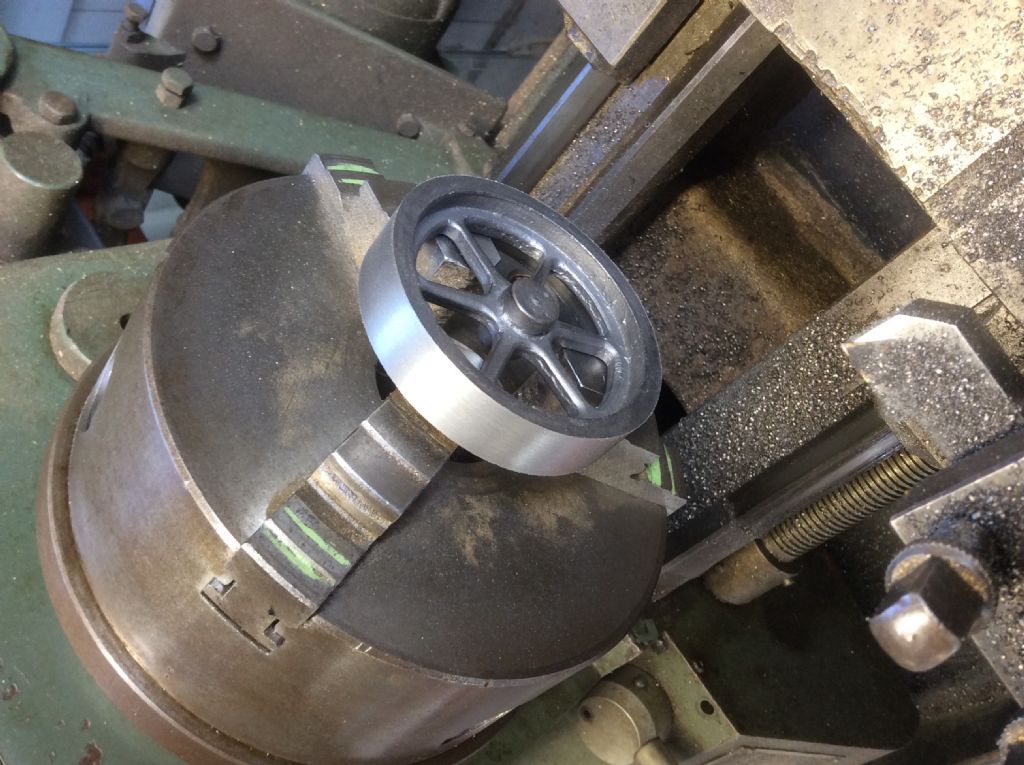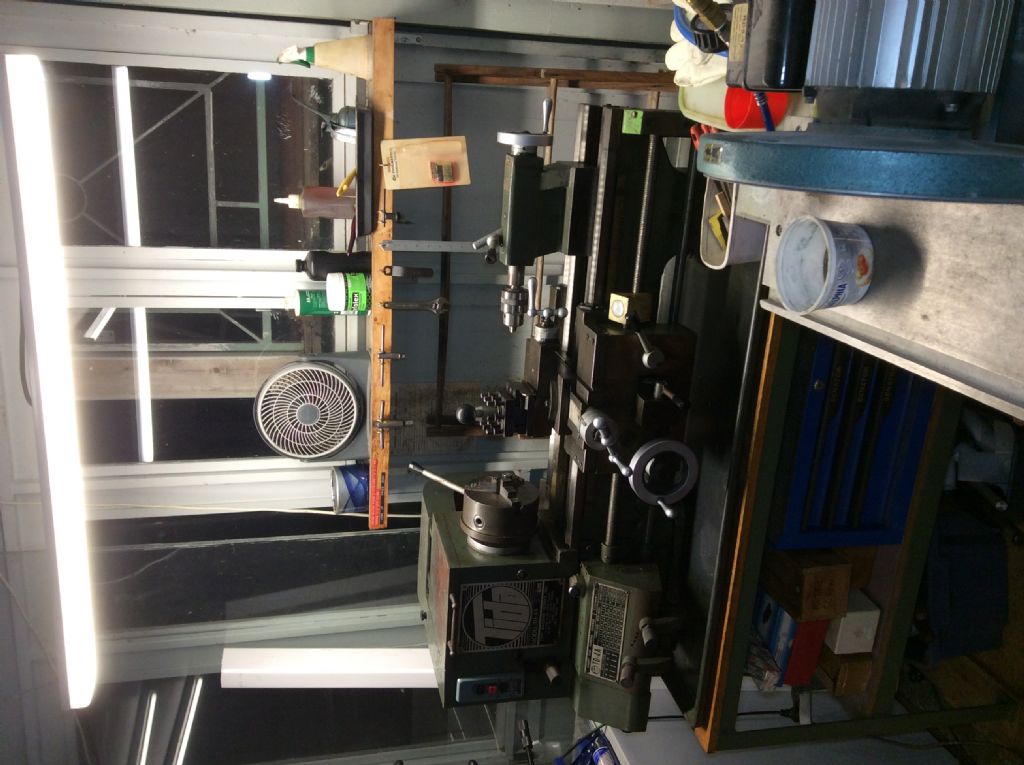I had intended to place that Al. plate under the small block of wood so that the existing holes would not be visible. I have plenty more Al. that I can cut to that size so a new plate could be made to fit on top of the small block and under the engine frame as suggested. At this point , I am not sure which would look better.
Bunnings have some Tasmanian Oak which is 25mm thick so I could also cut and varnish another block of timber. It would probably look better than the block of plywood supplied with the kit.
Lawrie : machining cast iron on my small machine is a real pain. I do not get a good finish so I have to spend a long time polishing it up using 120 to 1500 grit wet and dry. It is far easier to raise the engine a few mm. This is why I prefer brass flywheels ; I get a good finish with little polishing necessary.
Do you intend to add timber lagging to the cylinders at some point ? I have found that looks quite good. I use JB WELD to glue the timber strips in position. The strips are varnished first on both sides with three coats of matt clear.
Edited By Brian John on 19/08/2017 17:50:47
chrissie.


